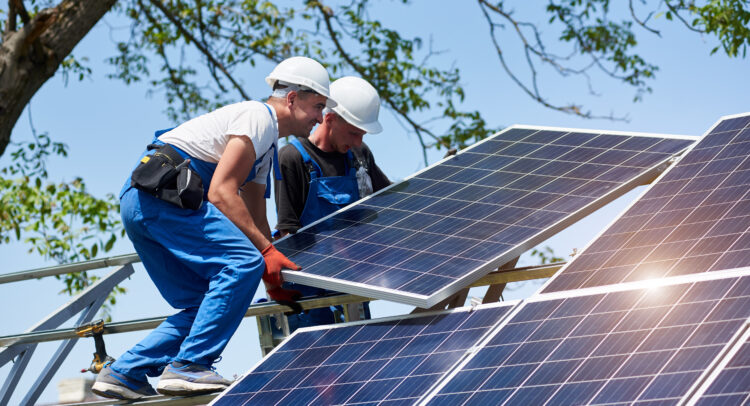A two-year U.S. tariff “holiday” on solar panels from Southeast Asia has expired. This event is expected to create new winners and losers because many U.S. companies prepared for the day the tariffs would restart by taking advantage of the low costs from Southeast Asian manufacturers. Now that the tariffs have expired, spending and profits may shift.
Solar Stockpiling Frenzy
In anticipation of the tariff expiration, U.S. solar developers stockpiled an estimated 35 gigawatts (GW) of imported panels – nearly equivalent to the entire U.S. solar installation forecast for 2024. This may lead to a surge in installations because the companies that stockpiled Asian panels will have just 180 days to use the imported stock; otherwise, they will need to pay a tariff. As a result, the clock is ticking on reselling and installing this equipment.
Impact on Developers
The influx of affordable stockpiled panels could lead to a short-term boom in U.S. solar installations. Developers like Sunrun Inc. (NASDAQ:RUN) and Sunnova Energy International Inc. (NYSE:NOVA) might benefit from lower panel costs, potentially making solar projects more attractive to consumers.
However, this could hurt newer U.S. solar panel manufacturers like SunPower Corporation (NASDAQ:SPWR), First Solar, Inc. (NASDAQ:FSLR), and Emeren Group Ltd. (NYSE:SOL) as the cheaper imports make it difficult for them to compete. These domestic manufacturers are waiting for the day when developers make the switch to American-made gear.
A Unique Opportunity for Investors
The Solar Energy Industries Association argues the tariff moratorium helped ensure a sufficient supply of panels for clean energy projects. However, some domestic manufacturers believe that this has led to a price collapse that harms their industry. As mentioned, developers must use their stockpiled panels within 180 days to avoid tariffs, which could create an intense period of solar installations as companies rush to meet the deadline. Nevertheless, this creates a unique opportunity for investors.
While domestic manufacturers face short-term headwinds, a surge in solar installations could benefit solar developers and related service providers.
Key Takeaway – A Complex Situation for the U.S. Solar Industry
The end of the solar panel tariff holiday presents a complex situation for the U.S. solar industry. While developers might enjoy a short-term boom, domestic manufacturers face challenges. This creates a potential investment opportunity, but careful analysis is needed as every company and every situation is different.
















